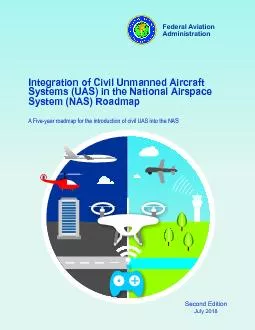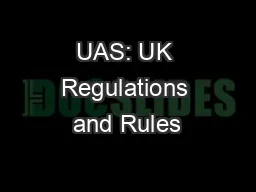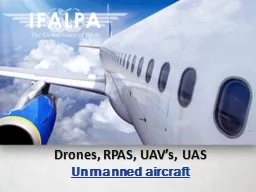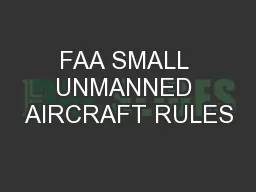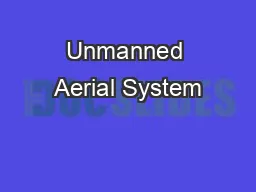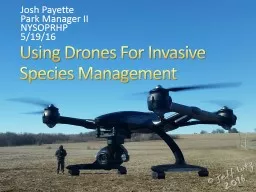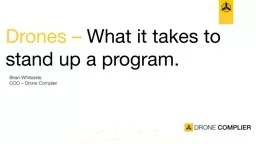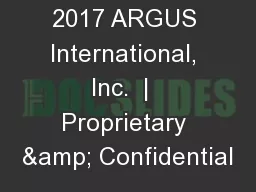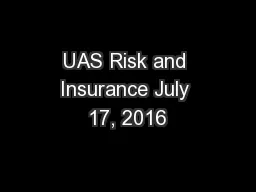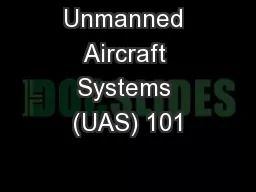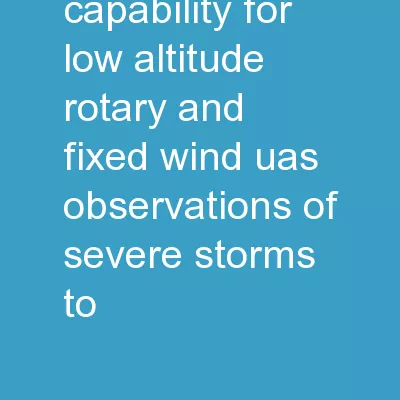PDF-Civil Unmanned Aircraft Systems UAS tegration Roadmap
Author : brianna | Published Date : 2021-06-13
Employee resourcesThe library Internal newsOur work We are AUS How can we help you Business Planning Division A Fiveyear roadmap for the introduction of civil UAS
Presentation Embed Code
Download Presentation
Download Presentation The PPT/PDF document "Civil Unmanned Aircraft Systems UAS tegr..." is the property of its rightful owner. Permission is granted to download and print the materials on this website for personal, non-commercial use only, and to display it on your personal computer provided you do not modify the materials and that you retain all copyright notices contained in the materials. By downloading content from our website, you accept the terms of this agreement.
Civil Unmanned Aircraft Systems UAS tegration Roadmap: Transcript
Download Rules Of Document
"Civil Unmanned Aircraft Systems UAS tegration Roadmap"The content belongs to its owner. You may download and print it for personal use, without modification, and keep all copyright notices. By downloading, you agree to these terms.
Related Documents

